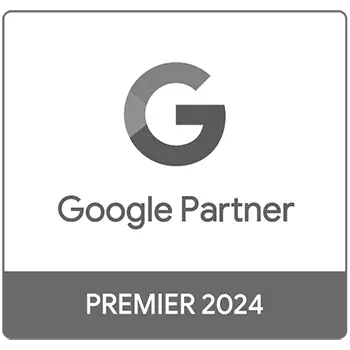Are you or your SEO Agency still using the same SEO tactics you have used for years? When was the last time you tested your SEO to see what’s working and what’s not?
Now is the time for some due diligence before heading into 2018 only to be blindsided by what you thought was working but isn’t. Alternatively, before you get behind because you were not aware of the SEO trends for 2018 that could have put you ahead of your competition. Fortunately, we have done some of the legwork for you.
Here are some of the SEO trends for 2018—what’s hot, what’s not, and why.
For SEO, Fake News is Out!
Google has been taking the heat for promoting fake news over the last few years. A headline that makes a person so curious, they just have to click on a story only to find it has absolutely nothing to do with the headline they clicked on.
Google is taking action and banning publishers who promote fake news ads, adjusting their algorithm to devalue non-authoritative (not truthful or misleading) information, and adding fact-check tags to their search results.
Being a trustworthy site has been part of Google’s algorithm for years as shown by their release of the Knowledge-Based Trust system which demotes sites that repeatedly publish fake news.
What does this mean for you? Well, it’s hard to say at this point, but we would venture to guess that Google will be finding new ways to make truthfulness an even bigger part of their ranking factor going forward.
Mobile and SEO Go Hand-in-Hand
Google continues to promote sites that offer a better user experience. Therefore, the faster your response times are, the better. To accomplish this consider adding one of the following:
- Accelerated mobile pages
- Android instant apps
- Progressive web pages
Additionally, if you have a site or any pages at all that fail to work on a mobile device they probably won’t be ranked. Because Google, at some point, is going to begin ranking its search listings based on the mobile version of your content.
Featured Snippets are In!
Featured snippets, or the Answer Boxes, at the top of search pages, also known as position zero, are starting to play an even bigger role than they had in the past due to voice searches. Voice searches are on the rise and one of Google’s sources for the featured snippets comes from those voice search results.
What does this mean for you? It means you should consider incorporating a numbered list, bullet points, a table of contents, and/or FAQ-style information as part of your content. This will increase your chances of getting that coveted featured snippet spot.
Other ways you can improve your chances of snagging a featured snippet spot are:
- Use natural language with long-tail keywords that are used in full sentences.
- Don’t only use questions. People don’t always ask questions to their digital assistants they use commands. So consider using commands such as “search for_________” etc.
- If you have an app, deep linking or app indexing will also allow users to access your information through a digital assistant search. For example SiriKit.
Linkless Link-Building
Many search engines are beginning to track unlinked brand mentions and they use these as a ranking signal. Linkless linking isn’t much different than the way you earn links; however, this type of linking tells the search engines that the more the brand is being talked about on the web, the more important it is. And this could result in a boost in your rankings if enough people are talking about your brand.
What this means for you is that you need to be actively involved in conversations taking place on the web that mention your brand and encourage as much interaction as possible.
On a side note—this is another reason to make sure all internet conversations remain positive and don’t have a negative connotation to them whenever possible. You can do this by having a reputation management system in place.
Mobile Interstitial Ads Are Out!
A little over a year ago Google implemented a mobile interstitial penalty. Interstitials are the popups that suddenly appear on your mobile device, take up the entire screen and ask you to download an app instead of allowing you to keep browsing. This also includes other types of deceptive advertising placement or anything that hinders the use of the interface. Some companies are still using these; however, Google could decide to start cracking down on these at any time.
Other 2018 SEO Trends to Watch
It’s always best to focus your SEO efforts on long-term strategies. Here are a few other trends (good and bad) to watch in 2018. Such as using artificial intelligence (AI) and machine learning while avoiding manipulative guest posting. Other areas to watch are mobile-first indexing, site speed, mobile websites that are designed to respond to user context, Schema.org markup, and intelligent content.
What’s Definitely Not Hot in 2018?
There is an endless list of what’s no longer part of a good SEO strategy. What worked a year ago or a decade ago, probably isn’t what’s working now. For example, here are a few SEO trends that have gone by the wayside.
- Keyword stuffing
- Unnatural links
- Irrelevant unique content
- Meta keywords
- Exact match domain names
- Excessive exact match anchor text links
- Using exact match keywords in the Title and Meta Tag
- Duplicate content
- Keyword heavy footer links
- Press releases intended for SEO
How to Get Your SEO Back on Track?
Take some time now to review all your SEO strategies and tactics, or have a digital marketing agency review them for you and make the changes necessary based on what’s working and what’s not. Then take a look at the SEO tactics currently trending and add them to your 2018 SEO strategy.












